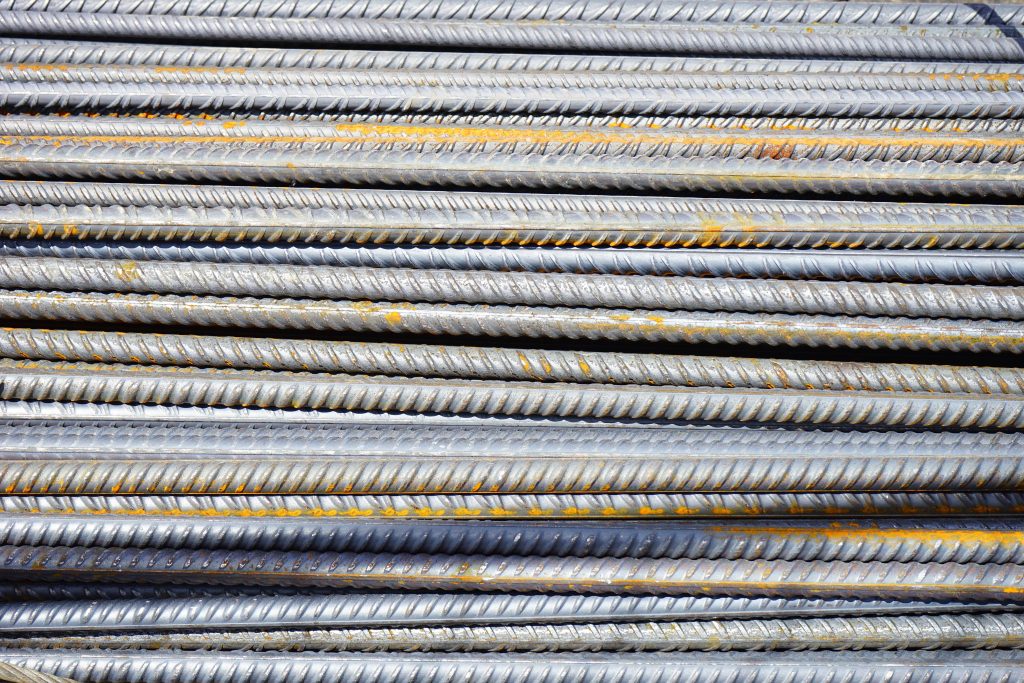What is Grade D Steel? Exploring Its Properties and Applications | 2023
What is Grade D Steel? In the world of metallurgy and construction, various grades of steel are used to meet specific requirements and standards. Grade D steel is one such variant that finds its application in a range of industries. In this article, we will delve into the characteristics, uses, and advantages of Grade D steel, shedding light on its importance in various engineering and construction projects.
Understanding Steel Grades
What is Grade D Steel?
Before we dive into the specifics of Grade D steel, it’s crucial to grasp the concept of steel grades. Steel is categorized into different grades based on its composition and properties. These grades are determined by the proportion of various elements such as carbon, manganese, sulfur, phosphorus, and more.
What Sets Grade D Steel Apart?
Grade D steel, also known as shipbuilding steel, is a low carbon steel grade primarily used in the construction of ships and marine structures. What makes Grade D steel unique is its excellent weldability and toughness, which are essential attributes in the demanding conditions of the open sea. Here are some key characteristics that set Grade D steel apart:
1. Low Carbon Content
Grade D steel contains a low carbon content, typically around 0.21% to 0.24%. This low carbon composition contributes to its exceptional weldability, making it suitable for welding without the risk of brittleness.
2. High Strength
Despite its low carbon content, Grade D steel possesses high strength, making it ideal for marine applications. It can withstand the harsh conditions of the ocean, including heavy waves and corrosive saltwater.
3. Excellent Toughness
Toughness is a critical property for materials used in shipbuilding. Grade D steel exhibits excellent toughness, ensuring that the structure remains resilient even in extreme conditions.
4. Corrosion Resistance
To withstand the corrosive effects of seawater, Grade D steel is often coated with protective coatings. This enhances its resistance to rust and corrosion, prolonging its lifespan.

Applications of Grade D Steel
The versatility and durability of Grade D steel make it a preferred choice in various applications, including:
1. Shipbuilding
As the name suggests, Grade D steel is extensively used in the construction of ships, boats, and other marine vessels. Its combination of strength and weldability makes it an ideal material for ship hulls and components.
2. Offshore Structures
Offshore platforms, oil rigs, and underwater pipelines rely on Grade D steel for its ability to withstand the harsh conditions of the ocean. It ensures the structural integrity of these critical installations.
3. Bridges and Infrastructure
Grade D steel is also employed in the construction of bridges and infrastructure near water bodies. Its corrosion resistance ensures the longevity of these structures, even in humid and saline environments.
4. Pressure Vessels
In industrial settings, Grade D steel finds use in the fabrication of pressure vessels. Its low carbon content and high strength make it suitable for containing pressurized fluids and gases safely.
Conclusion
Grade D steel plays a vital role in the construction of maritime and industrial structures. Its unique combination of low carbon content, high strength, toughness, and corrosion resistance makes it an indispensable material in various applications. Whether you’re building a ship to sail the seas or an offshore platform in the middle of the ocean, Grade D steel is the reliable choice for enduring performance. visit our blog for more materials content.
FAQs
1. Is Grade D steel suitable for underwater applications?
Yes, Grade D steel is ideal for underwater applications due to its corrosion resistance and toughness, making it a top choice for marine construction.
2. Can Grade D steel be welded easily?
Absolutely, Grade D steel’s low carbon content ensures excellent weldability, allowing for secure and reliable weld joints.
3. What are the alternatives to Grade D steel in shipbuilding?
While Grade D steel is commonly used in shipbuilding, other grades such as Grade A and Grade B steel are also employed, depending on specific requirements.
4. How can Grade D steel be protected from corrosion?
To protect Grade D steel from corrosion, it can be coated with specialized anti-corrosion coatings designed for marine environments.
5. Are there any limitations to the use of Grade D steel?
Grade D steel may not be suitable for extremely high-stress applications, where higher-strength steel grades may be preferred. It’s essential to consider the specific requirements of your project when choosing a steel grade.




Leave a comment